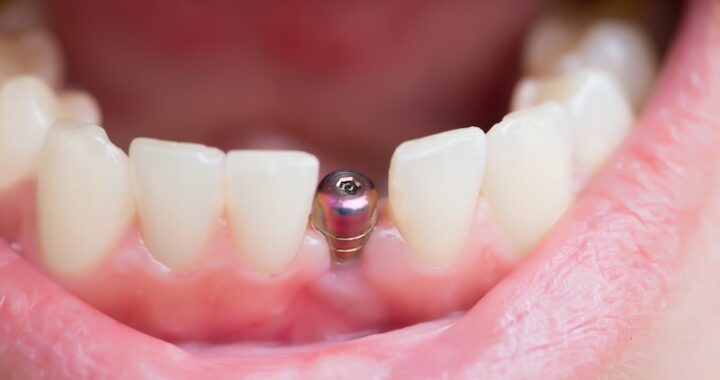Hip Pain: Underlying Factors, Diagnostic Criteria, And Therapeutic Approach

injured man suffering from pelvic pain or hip joint injury
Having persistent pain around your hip joint can be frustrating. Also known as a ball and socket joint, it provides stability and support to your upper body during stance and gait. Hip pain, though a common medical condition, can often lead to immobility if not treated promptly.
Pain management for hip Albany consists of advanced solutions to relieve pain, and discomfort, and get you moving better than before.
Hip pain- background information
Any pain or discomfort that you feel in and around your hip joint is known as hip pain.
You might feel hip pain:
- Close to the surface above or around your hip
- Deeper inside your hip joint
- In your lower back
Hip pain can range from a temporary, short-term annoyance to a bigger issue that needs treatment from a healthcare professional.
Underlying factors
Hip pain is a symptom of several conditions such as:
- Arthritis (inflammation of the joint)
- Bursitis (painful swelling in fluid-filled sacs called bursa)
- Injuries like a sports injury
- Trauma due to automobile accidents
- Osteoporosis (bone loss)
- Avascular necrosis (lack of blood supply leading to bone death)
- Labral tear (cartilage tear)
- Sprains and strains
Diagnostic criteria
Your doctor will initially determine the cause of hip pain, through evaluation of your symptoms and medical history.
Your doctor will review your family history and physical condition to determine the possible pain triggers.
Furthermore, you will be ordered a few diagnostic tests such as:
- X-rays
- Ultrasound scans
- CT scans
- MRI scans
Therapeutic approaches
Treatment depends on the severity of the pain and the triggering factors.
Options include:
- Conservative treatment
- RICE method: Rest, Ice packs, Compression, Elevation
- Physical therapy
- Medication: Non-steroidal anti-inflammatory drugs
- Regenerative medicine
- PRP ( platelet-rich plasma) therapy
- Stem cell therapy
- Surgical intervention
- Hip bone realignment
- Hip resurfacing
- Hip replacement
A note on hip replacement surgery
Hip surgery helps to alleviate pain and restore the full range of motion.
Hip replacement is a surgical procedure that involves the removal of the damaged part of your hip joint and replacing it with a prosthetic part.
Partial knee replacement involves the removal of only the ball part of the hip joint (the head of the femur).
In a total knee replacement, your surgeon removes both the head of the femur and the hip socket to replace them with biocompatible material.
Conclusion
Hip pain is a common manifestation of many conditions. But it does not mean that you have to live in pain all your life. Your healthcare professional can diagnose the cause of your hip pain and suggest appropriate treatment that can get you back on your feet pain-free as soon as possible.


 Innovations in Health Screenings: Exploring the Latest Technologies in Clinic Services
Innovations in Health Screenings: Exploring the Latest Technologies in Clinic Services  Dental Crowns –Restoring Strength, Function, And Aesthetics.
Dental Crowns –Restoring Strength, Function, And Aesthetics.  One-Person Wonder: Making Waves in the Massage Industry in Gunma
One-Person Wonder: Making Waves in the Massage Industry in Gunma  How Cataract Surgery in Nashville Improves Vision and Quality of Life
How Cataract Surgery in Nashville Improves Vision and Quality of Life  Maintaining Oral Health: The Role of Dentists in Richmond
Maintaining Oral Health: The Role of Dentists in Richmond  How to Choose the Best Implant Dentist in Sheffield: A Guide
How to Choose the Best Implant Dentist in Sheffield: A Guide